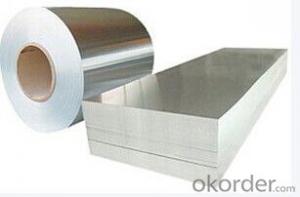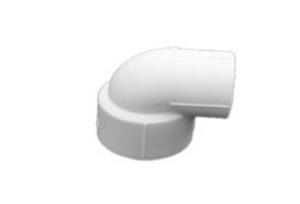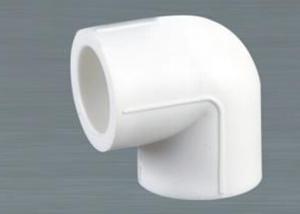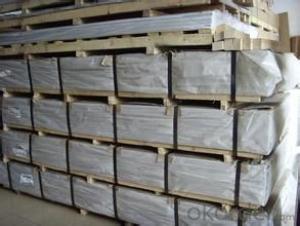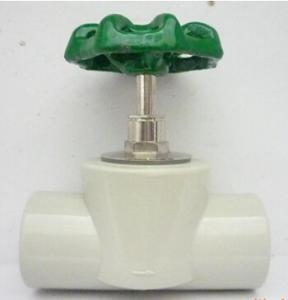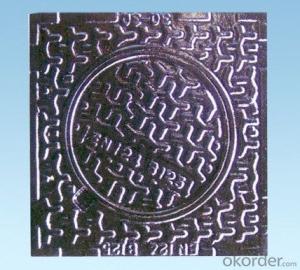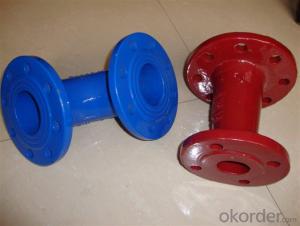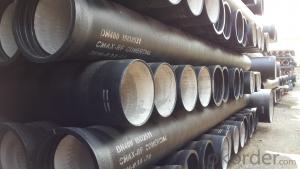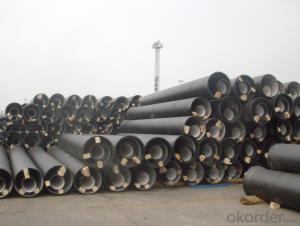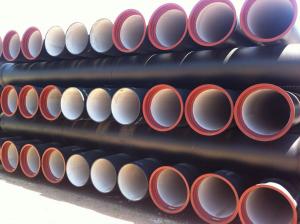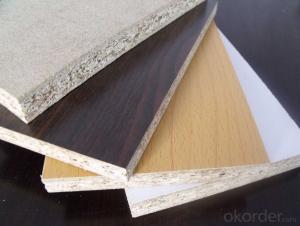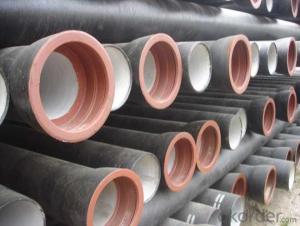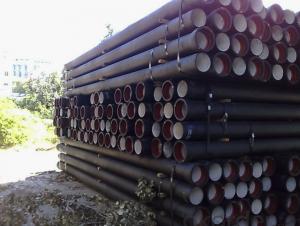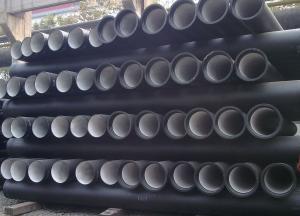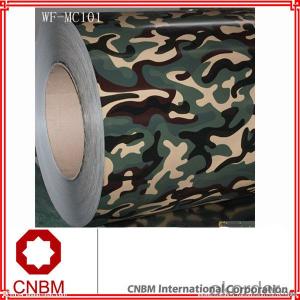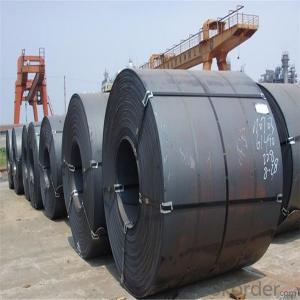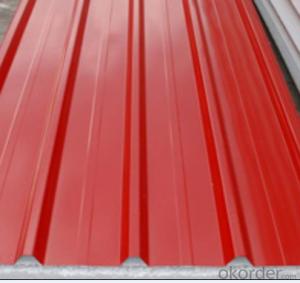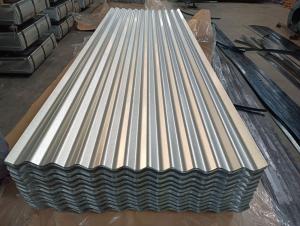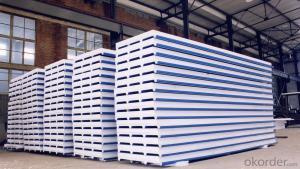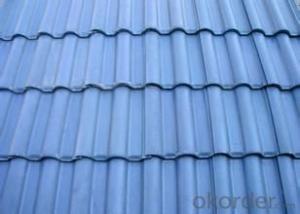Iron On Melamine Sheet
Iron On Melamine Sheet Related Searches
Decorative Ceiling Plate For Light Fixture Ceiling Plate For Hanging Light Fiber Sheet For Roof Plastic Wall Coverings For Bathrooms Plastic Corner Protectors For Furniture Decorative Lights For Ceiling Plastic Netting For Gardens Ceiling Brackets For Lights Hanging Ceiling Chairs For Bedrooms 42 White Ceiling Fan With LightHot Searches
Hdf Board For Sale sintra board for sale Gypsum Board Price Per Sheet In India High Density Mdf Board Suppliers 5 8 Type X Gypsum Board Price Lasani Wood Sheet Price Polyurethane Insulation Board Price White Melamine Board Price Black Melamine Board Price Mdf Price Per Sheet Pre Laminated Board Price List 4Mm Mdf Sheet 1220X2440Mm Price 6Mm Mdf Board Price 18Mm Ply Board Price Ply Board Price List Partex Board Price List Hdf Board Price India 19Mm Ply Board Price Hpl Board Price Magnum Board PriceIron On Melamine Sheet Supplier & Manufacturer from China
Okorder.com is a professional Iron On Melamine Sheet supplier & manufacturer, offers integrated one-stop services including real-time quoting and online cargo tracking. We are funded by CNBM Group, a Fortune 500 enterprise and the largest Iron On Melamine Sheet firm in China.Hot Products
FAQ
- Yes, steel sheets are suitable for food processing facilities. Steel is a durable and hygienic material that is resistant to corrosion, easy to clean, and can withstand high temperatures. It is commonly used in food processing facilities to ensure food safety and maintain a clean and sanitary environment.
- There are several methods of surface preparation for steel sheets, including abrasive blasting, chemical cleaning, mechanical cleaning, and pickling. Abrasive blasting involves using high-pressure air or water with abrasive materials to remove rust, scale, and contaminants from the surface. Chemical cleaning uses chemicals to dissolve or loosen contaminants, while mechanical cleaning involves using wire brushes, sanding, or grinding to physically remove dirt and rust. Pickling is a process of immersing the steel sheets in an acid solution to remove oxide scale and other impurities. Each method has its own advantages and is chosen based on the specific requirements and conditions of the steel sheet application.
- Steel sheets are highly durable and have excellent strength-to-weight ratio compared to other types of metal sheets. They offer superior resistance to corrosion, heat, and impact, making them suitable for a wide range of applications. Additionally, steel sheets are cost-effective and readily available, making them a popular choice in various industries.
- Yes, steel sheets can be used for elevator or escalator components. Steel is a commonly used material in the construction of elevators and escalators due to its strength, durability, and ability to withstand heavy loads.
- The process of applying fire-resistant coatings to steel sheets involves several steps. First, the surface of the steel sheets needs to be thoroughly cleaned to remove any dirt, grease, or contaminants. This can be done through abrasive blasting, solvent cleaning, or power washing. Once the surface is clean, a primer or base coat is applied to enhance adhesion and provide a smooth surface for the fire-resistant coating. The primer is typically applied using a brush, roller, or spray gun. After the primer has dried, the fire-resistant coating is applied. This coating is specifically designed to withstand high temperatures and provide protection against fire. It is usually applied in multiple layers for optimal effectiveness. The coating can be sprayed, rolled, or brushed onto the steel sheets. Once the fire-resistant coating is applied, it needs to cure or dry according to the manufacturer's instructions. This curing process ensures that the coating forms a strong bond with the steel surface and achieves its maximum fire-resistant properties. Overall, the process of applying fire-resistant coatings to steel sheets involves surface preparation, primer application, fire-resistant coating application, and curing. It is crucial to follow proper application techniques and adhere to manufacturer guidelines to ensure a durable and effective fire-resistant finish.
- No, steel sheets themselves cannot be used directly as clamps or fasteners. However, steel sheets can be used to manufacture clamps or fasteners. Steel sheets can be cut, shaped, and manipulated to create various types of clamps and fasteners such as brackets, plates, or strips. These manufactured components can then be used as clamps or fasteners in different applications, providing strength, durability, and secure attachment. So while steel sheets themselves cannot function as clamps or fasteners, they can be transformed into the necessary components to serve these purposes.
- Compared to other commonly used insulation materials like fiberglass or foam, steel sheets have relatively poor insulation properties. This is because steel is an excellent conductor of heat and electricity, possessing high thermal conductivity. Consequently, steel sheets are ineffective in preventing heat transfer and are not typically used as standalone insulation materials. Nonetheless, steel sheets can still offer some insulation benefits when utilized alongside other insulating materials. For example, they can serve as a protective layer or cladding, enhancing the durability and fire resistance of insulation systems. Additionally, they can function as a radiant barrier, redirecting heat away from buildings and reducing heat gain in warm climates. To summarize, although steel sheets themselves do not possess exceptional insulation properties, they can contribute to improving overall insulation performance when combined with other insulating materials or applied in specific scenarios such as radiant barriers.
- Yes, steel sheets can be used for manufacturing agricultural equipment. Steel is a durable and strong material that can withstand the rigors of agricultural activities and provide the necessary strength and stability required for equipment such as plows, cultivators, and trailers. Steel sheets can be shaped, welded, and fabricated into various components, making them suitable for manufacturing a wide range of agricultural equipment.








